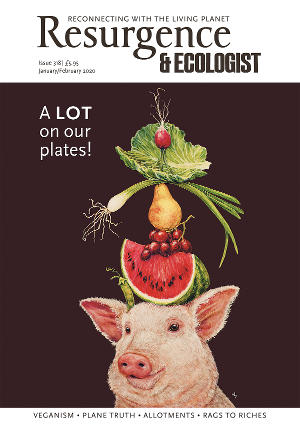Imagine a jungle, with thousands of species multiplying, crawling, scurrying and flapping – all intricately connected to each other. A few of them might pose a potential threat to humans, but if the system is healthy they are kept in check by the multitude of other species. This jungle is not outside in a faraway place – it’s in your house. This is the image I am left with after reading Rob Dunn’s brilliant book Never Home Alone. Now, in the morning, I stand under the shower pondering the stream of life pouring down on me, and Dunn’s statement that the healthiest water for bathing comes from aquifers rich with underground biodiversity. When baking, I muse over the microbes that add flavour to the bread I make.
In this book, Dunn explains why we should care about this household biodiversity. He sets the scene by telling us that the average US child spends a whopping 93% of their time inside, in a building or a vehicle. Since we humans built our first primitive houses some 300,000 years ago, we’ve created more and more indoor space. The indoor area of Manhattan, for instance, with all its floors, is almost three times bigger than the size of the island itself, Dunn says. Indoor biodiversity matters because it helps to keep these spaces healthy. Incredibly, in their survey of houses in different countries, Dunn and his colleagues found more than 200,000 species. Dunn describes the “biodiversity hypothesis of human health”, which observes that biodiversity loss and the increasing incidence of inflammatory diseases seem to be interconnected.
We tend to think we should be at war with our tiny tenants, that their presence always transfers disease. Hence we scrub and spray and clean. But the fight against our household biodiversity is not only futile, as resistance will develop faster than we invent new pesticides. It is also counterproductive. By removing the ‘nice’ microbes, we pave the way for the ‘bad guys’, the most resistant and toughest microbes and critters. Instead, Dunn argues, we should welcome a more natural and rich abundance of species and leave them to do as they do outside: keep a dynamic balance where no single species becomes superabundant.
The book is also a collection of curious facts. Like the tale of how camel crickets – considered an annoying indoor pest species in the US – turn out to be a source of new enzymes that can help break down waste products. But the book isn’t just about the scientific evidence and arguments for why we need the multitude of co-inhabitants in our indoor spaces. It’s also about curiosity and open-mindedness. It’s about citizen science and outreach, and the importance of scientists asking unusual questions. That’s when you might stumble across new knowledge, literally right under your nose.
Antonie van Leeuwenhoek was one of the first to marvel at the tiny wonders of the wilderness in our homes, through his homemade lenses in the 17th century, and his contribution is honoured in this book. Rob Dunn carries this legacy further as his book confirms, even in the 21st century, one of Leeuwenhoek’s quotes: “All we have yet discovered is but a trifle in comparison with what lies hid in the great treasury of nature.”






